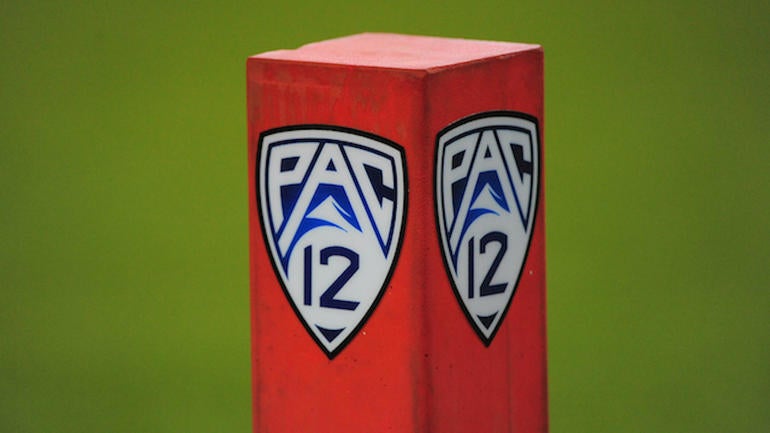
The University of Illinois professor whose predicted alarming COVID-19 mortality rates for college football players wound up being the inspiration for a threatened Pac-12 players' boycott now has a much brighter outlook ahead of the 2020 season. In fact, Dr. Sheldon Jacobson now considers himself optimistic about college football being played amid a global pandemic.
After initially predicting 3-7 deaths in college football from the coronavirus, Jacobson's data now shows an average of less than two deaths among the FBS's 13,000 players.
"I'm trying to find a reason to tell you we shouldn't play football. I haven't found it yet," Jacobson told CBS Sports.
His prior prediction of 3-7 deaths, published June 30 here on CBS Sports, was reportedly the reason Cal offensive lineman Jake Curhan started an activist group of Pac-12 players that has become "#WeAreUnited."
"A few of them could end up in the hospital, and you'll have a small number who could die," Jacobson told CBS Sports on June 30. "I don't want to sugar coat it for you. I just want to give you the facts. … If everybody comes together under normal circumstances, we'll probably see that kind of outcome."
"That was the moment when I said, 'OK, I needed to talk to some of my teammates,'" Curhan said Sunday regarding the story. Curhan made this comment as part of a larger conversation with The Athletic.
#WeAreUnited began to organize about a month ago. It announced itself Sunday in a statement via The Players Tribune.
In it, Pac-12 players threatened to boycott until there is "real change that is acceptable to us."
They cited concerns about health and safety guidelines amid the coronavirus pandemic, long-term medical coverage for injuries sustained while in college, excessive expenditures by schools, racial injustice, and the ongoing name, image and likeness rights battle.
A press release said "hundreds" of Pac-12 players are involved. They united primarily over the Black Lives Matter movement and COVID-19 concerns.
"We don't think about hospitalization; we think about death," said Oregon State defensive back Jaydon Grant, a We are United member. "A lot of those [impacted] are from low-income communities. We've definitely thought about that. There are higher ups that want to go on with the season instead of demonstrating a safe environment. How are you guys not concerned?"
Based on what he predicted would be an infection rate of 30%-50%, Jacobson said as many as seven FBS players would die of COVID-19 in 2020.
Armed with more data, the noted Illinois computer science professor said the rates of infection and death will be much lower. Based on an infection rate of 30% the mortality rate would range from 0.59 to 1.68 deaths in FBS.
That's a decrease in his original projection of 75%-80%.
"People are going to scratch their head and say, 'Hold on, this is different.' The situation is different," Jacobson said. "Dr. [Anthony] Fauci made certain recommendations at one point and then we got more information and made a different recommendation.
"I've been watching the football programs around the country. They had their surge of positives and it stopped. The players are highly motivated to follow the rules. If you follow the rules, based on our analysis, there are positive outcomes."
Several programs paused workouts due to numerous positives tests after players reported for voluntary team activities on June 1. The number of programs still paused has decreased. It also seems that the overall number of positive tests has lessened.
Jacobson did not take into account the obesity of linemen in his projections. Obesity has been identified as a risk factor associated with COVID-19. However, Jacobson said those players receiving elite training and nutrition are mitigating factors.
He also did not factor in COVID-19's heightened impact on African-Americans, who make up 45% of FBS players. Jacobson is not sure whether the heightened rates of infection in that group were sociological or physiological.
The protesting Pac-12 players are concerned about both health factors. They have threatened to "opt out" of football beginning with the start of fall camp if their demands are not met. Aug. 17 is the earliest date for camp in the Pac-12.
The frequency of COVID-19 testing is not specifically addressed in the player demands. Grant said he had been tested twice since reporting to Oregon State in June. During game weeks, the NCAA is recommending testing once a week at least 72 hours before competition.
Teams from Power Five conferences have agreed to share the number of infections with each other no less than 24 hours before games.
"They have to keep the infection rate very, very low if they want to play football," Jacobson said. "I am very confident we can play football if everybody follows the rules. If people don't follow the rules, we won't play football. I'm really on the side of playing football."
















